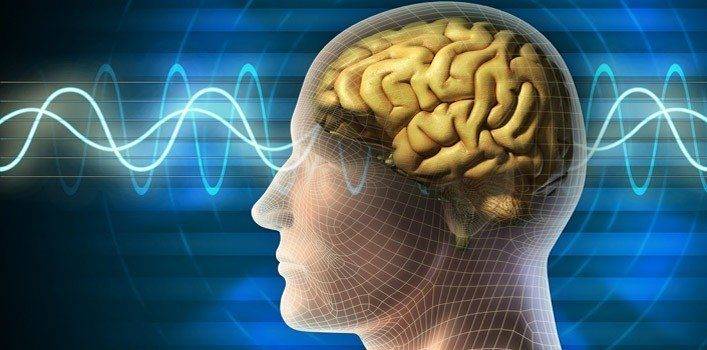Navigating the Realm of the Human Brain - Part 2
In the symphony of existence, the human brain takes center stage, orchestrating the complex interplay of thoughts, emotions, and actions. As we continue our exploration into this captivating realm, we delve into the intricate dance of brain regions, debunk myths surrounding left-brain and right-brain dominance, and unravel the astonishing phenomenon of brain damage and its repercussions.
The brain's narrative unfolds with a symphony of specialized regions, each contributing its unique harmony to the composition of human experience. From the brainstem's diligent regulation of automatic bodily functions to the cerebellum's mastery of balance, these regions coalesce to orchestrate the rhythm of life. Yet, despite their individual contributions, these regions harmoniously communicate through neural pathways, forming a symphony of interconnectedness that defines human existence.
Dispelling the notion of rigid left-brain and right-brain dominance, recent research offers a nuanced perspective on brain lateralization. While the myth suggests that logical thinking resides in the left hemisphere and creativity in the right, the reality is more complex. Distinct brain regions do exhibit slight functional disparities, yet these differences manifest as complementary rather than conflicting attributes. Moreover, the corpus callosum, a neural bridge connecting the hemispheres, ensures seamless communication, underscoring the brain's holistic approach to cognition.
Unraveling the intricacies of brain damage unveils fascinating insights into the brain's finely tuned orchestration. Conditions such as spatial neglect and motion blindness illuminate the brain's meticulous mapping of bodily and spatial awareness. These conditions provide a glimpse into the delicate equilibrium required for accurate perception and interaction with the external world. Individuals with spatial neglect exhibit a lack of attention and awareness for one side of their vision, shedding light on the brain's intricate web of sensory processing.
An even more astonishing condition, echinotopsia, delves into the realm of motion blindness. Characterized by the inability to perceive motion, individuals with this rare condition experience a disjointed reality where objects appear and vanish as they move through space. This disorienting sensation illustrates the brain's intricate choreography of visual perception and motion detection. As we probe deeper into these phenomena, the brain's remarkable capacity to interpret and interact with the world becomes increasingly apparent.
The brain's resilience and adaptability are nowhere more evident than in cases of brain reorganization. A pioneering experiment involving blindfolded participants revealed the brain's remarkable ability to repurpose itself when deprived of sensory input. Engaging in tactile tasks and Braille reading led to the activation of brain regions associated with vision, illustrating the brain's eagerness to repurpose dormant regions to meet new challenges. This discovery showcases the brain's boundless potential for rapid adaptation and reconfiguration.
The journey through the realm of the human brain offers a glimpse into the extraordinary tapestry of cognition, perception, and interaction. From the symphony of specialized brain regions to the dynamic interplay between hemispheres, the brain emerges as a marvel of orchestration and adaptability. As we navigate the intricate terrain of neural pathways and sensory perception, we inch closer to unveiling the essence of consciousness and unlocking the boundless potential that resides within the convoluted folds of the human mind.


